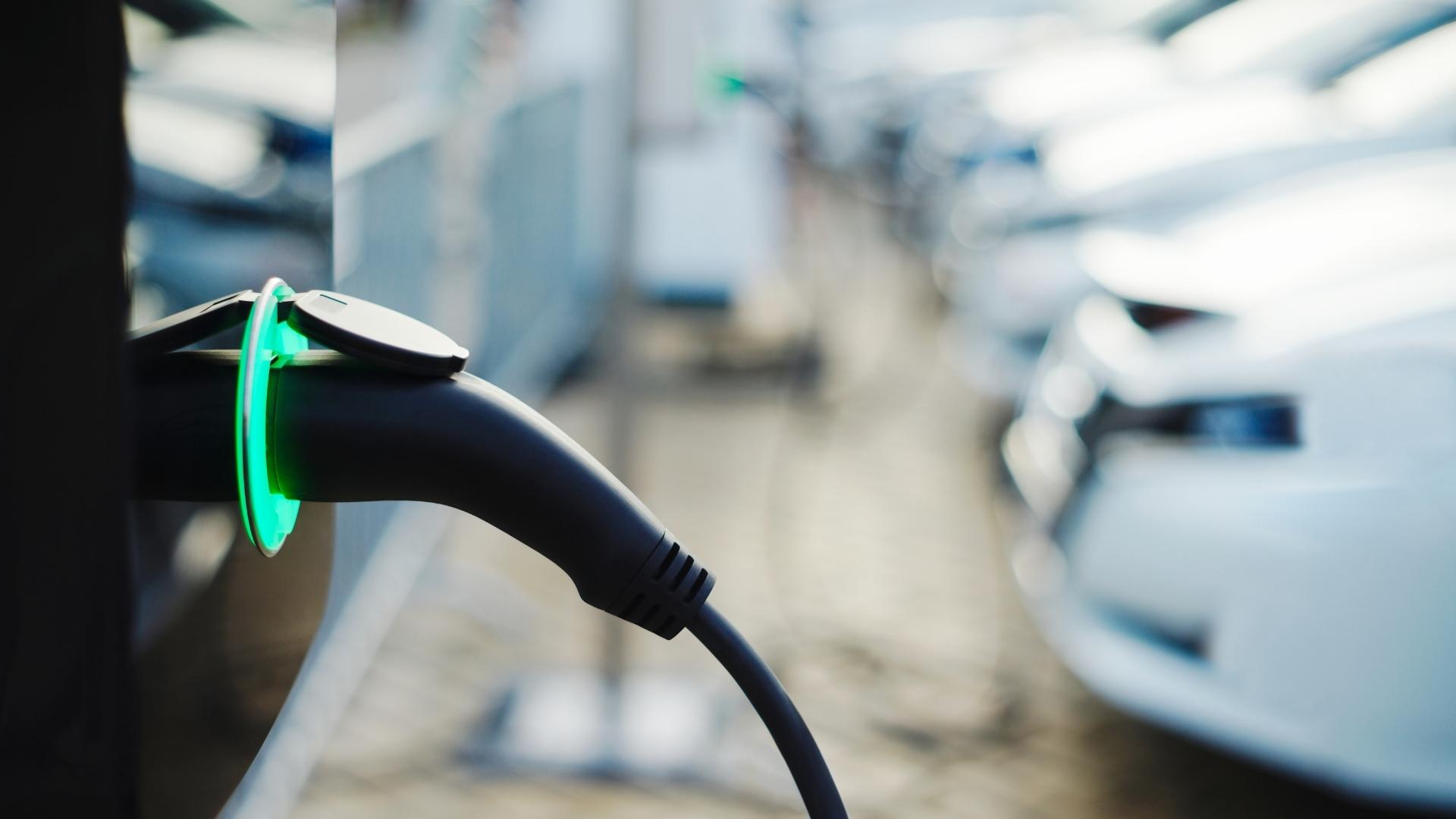Assumptions:
|
Available charging time |
Sufficient time during the working day |
|
Desired range |
50 km per EV per day |
|
Number of charging points |
200 charging points for employees |
|
Accessibility |
Limited access |
What charging infrastructure do I need?
- How many vehicles will be charging at the same time?
- How long will the people/vehicles stay?
- What is the charging capacity (distance)?
- Restriction of access / group of people?
Example for the calculation of the required power:
200 electric cars of employees need to be charged during one working day:
As a guideline, e.g. 4 kW per charging point x 200 charging points = 800 kW can be used.
Verification of the required power:
200 cars x 50 km x 20 kWh/100km / 8 hours = 250 kW
From a connected charge of about 200 kW, a connection to the medium voltage grid with a dedicated transformer is typically required.
What charging infrastructure do I need?
- Combien de véhicules vont se charger en même temps sur une borne ?
- How many vehicles will be charging at one charging point at the same time?
- Who will be the main customers for fast charging? Holidaymakers travelling around the country or local users requiring fast charging (e.g. taxis)?
- Will a CHAdeMO connection need to be provided?
- Has sufficient space been provided for the electrical cabinets of the charging points if they are needed?
- Do additional costs have to be charged to the end user after exceeding a certain occupancy time of the charging stations?
Definition of the required connected charge:
With fast charging of electric cars, analogous to refuelling, there is an expectation to keep up with the rapid development of charging technology and the increase of battery capacity, thus enabling charging within the shortest possible time.
Today, charging power is expected to be at least 150 kW and even up to 350 kW, although modern electric cars can only partially use this.
A high-power charging (HPC) park with, depending on the site potential, 3 to 20 CCS charging points requires a high connected load, which can possibly be reduced, especially at peak times, by integrating a local stationary battery. A connection to the medium-voltage grid and a dedicated transformer station are required.
The grid operator checks the availability of the required power in the medium-voltage grid.
Le gestionnaire de réseau vérifie la disponibilité de la puissance requise sur le réseau moyenne tension.
Assumptions:
|
Available charging time |
Shortest possible duration |
|
Desired range |
150 – 450 km |
|
Number of charging points |
10 HPC charging points |
|
Accessibility |
Public access |
Assumptions:
|
Available charging time |
During the presence of customers |
|
Desired range |
20 - 80 km per visitor |
|
Number of charging stations |
10 customer spaces |
|
Accessibility |
Public access |
What charging infrastructure do I need?
- How many vehicles will be charged at the same time?
- How long will the people/vehicles stay?
- How large is the charging capacity (distance)?
- Restriction of access / group of people?
Example for the calculation of the required power:
10 electric cars are to be charged while customers are present in a shop:
As a guideline for the design of the grid connection, 11 kW can be calculated for the first charging point plus 4 kW for each additional charging point. The required power is therefore 1 x 11 kW + 9 x 4 kW = 47 kW.
An application for installation of the charging infrastructure must be submitted to the grid operator, whereupon the operator will check the availability of the required power at your connection to the low-voltage grid.



